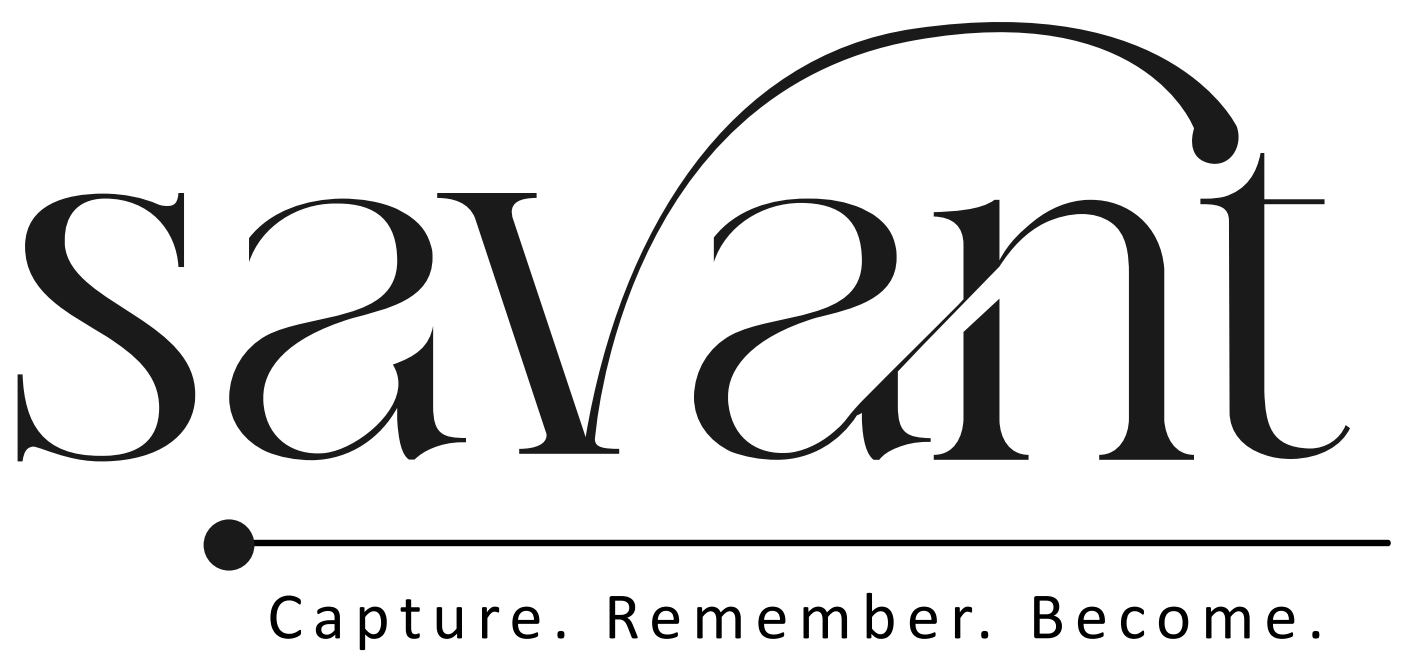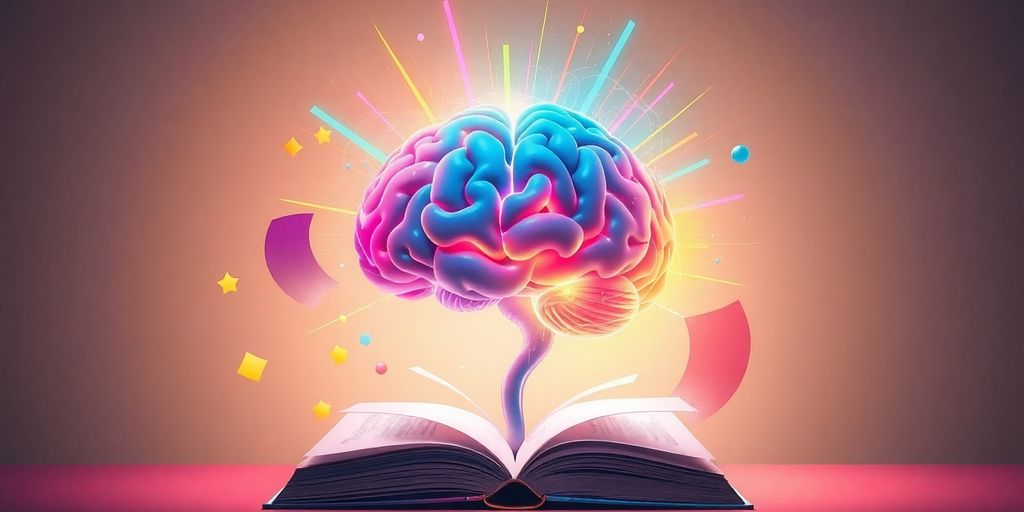Note-taking is more than just jotting down what you hear in class. It’s a skill that, when done right, can boost your learning and memory. While the classic pen-and-paper method is tried and true, there are plenty of other techniques in note taking that can make the process more effective and even enjoyable. This article dives into various methods, from visual and digital tools to active learning strategies. By exploring these approaches, you can find the style that fits you best and make note-taking a powerful part of your study routine.
Key Takeaways
- Visual techniques like mind maps help organize and clarify thoughts.
- Digital tools offer multimedia options, mixing text, images, and sound.
- Active learning, like spaced repetition, aids in long-term memory retention.
- Collaborative note-taking encourages teamwork and better understanding.
- Personalizing notes to match your style can make studying more engaging.
Visual Note-Taking Techniques
Mind Mapping for Clarity
Mind mapping is a great way to organize your thoughts visually. Start with a central idea in the middle of your page and branch out with related concepts. This technique helps you see connections between ideas, making it easier to understand complex topics. Mind maps can make studying feel less overwhelming and more engaging. It’s like creating a visual blueprint of what you’re learning, which can be super helpful when you’re trying to piece everything together.
Using Diagrams and Charts
Diagrams and charts can simplify information and make it more digestible. For example, flowcharts can show processes, while Venn diagrams can illustrate relationships between concepts. Here’s a quick look at some common types:
| Diagram Type | Best For |
|---|---|
| Flowchart | Processes and sequences |
| Venn Diagram | Comparing and contrasting |
| Pie Chart | Showing parts of a whole |
These tools can turn a jumble of information into something neat and organized.
Incorporating Colors and Symbols
Using colors and symbols can make your notes more visually appealing and easier to remember. Highlight key points with different colors or use symbols to represent ideas. For instance, a star can indicate something important, while a question mark can show areas you need to revisit. This not only makes your notes look cool but also helps you recall information better.
Visual note-taking techniques can transform your study sessions into a fun and creative experience. Embrace these methods to enhance your learning journey!
Remember, the goal is to make your notes work for you. Experiment with these techniques and find what resonates best with your learning style!
Digital Tools for Modern Note-Taking
In our tech-driven world, digital note-taking tools are game-changers. They not only keep your notes organized but also add a fun twist to learning. Let’s check out some cool features these tools offer.
Multimedia Integration in Notes
Adding multimedia elements to your notes can make learning more interactive. Imagine watching a video clip right within your notes or listening to an audio explanation. You can even add diagrams to break down complex ideas. This way, your notes become a one-stop-shop for all your study needs.
Organizing Notes with Apps
Apps like Microsoft OneNote and others help you keep everything tidy. You can create folders, tag important bits, and even search for keywords. This makes finding your notes a breeze, even if you have a ton of them. Plus, you can access your notes from any device, which is super handy when you’re on the go.
Collaborative Note Sharing
Sharing notes has never been easier. Digital tools let you team up with classmates or colleagues to share and edit notes in real-time. This is perfect for group projects or study sessions. Everyone can add their thoughts, and you get a richer set of notes as a result.
Pro Tip: Try using apps that allow for collaboration and multimedia integration to make your notes more dynamic. This not only helps in retaining information but also makes studying a lot more enjoyable.
Active Learning Strategies in Note-Taking
Active learning is all about jumping into your studies with both feet. It’s not just about sitting back and listening; it’s about really getting involved with the material. Let’s dive into some strategies that can make your learning more effective and even a bit fun!
Spaced Repetition Techniques
Spaced repetition is a total game-changer! Instead of cramming all your study in one go, you revisit the material at spaced intervals. Here’s how you can do it:
- Review your notes right after class.
- Plan to go over them again in a few days.
- Continue reviewing over the weeks.
This method helps you remember things longer and cuts down on stress before exams.
Active Recall Methods
Active recall is all about testing yourself. Rather than just reading over your notes, try to recall the information without looking. Here’s a few ways to do it:
- Use flashcards to quiz yourself.
- Summarize what you learned in your own words.
- Teach the material to someone else.
This approach strengthens your memory and makes it easier to remember during tests.
Interactive Flashcards
Flashcards can be super fun and not just for memorizing facts. Make them interactive:
- Add images or diagrams to help visualize concepts.
- Include audio clips for pronunciation or explanations.
- Mix up formats to keep things interesting.
Remember, learning should be enjoyable! Using these active strategies can make studying feel less like a chore and more like an adventure.
By integrating these strategies, you can enhance your note-taking effectiveness, making your study sessions more productive and enjoyable.
Personalizing Your Note-Taking Style

Using Annotations and Highlights
Personalizing your notes can really make a difference in how you learn. Highlighting key points helps them stand out when you review. You can add little comments in the margins to jot down your thoughts or questions that pop up. Symbols like stars or arrows? They’re great for linking ideas together.
Creating Summaries and Questions
At the end of each section, try writing a quick summary. It’s a neat way to reinforce what you’ve just learned. Plus, if you create questions from your notes, you can quiz yourself later. Using bullet points makes it easier to scan through your notes when you’re revising.
Personalizing your notes not only makes studying more enjoyable but also helps you remember information better. Experiment with different styles and find what works best for you!
Adapting Notes to Your Learning Style
Everyone learns a bit differently, so it’s important to adapt your notes to suit your style. If you’re a visual learner, using diagrams, charts, and colors can make your notes pop. Auditory learners might benefit from recording lectures to listen back later. And if you’re more of a hands-on learner, writing notes by hand or using physical objects can help you grasp concepts better.
By discovering various note-taking methods, you can tailor your approach to fit your unique way of learning. Don’t be afraid to mix things up and find the techniques that make studying feel less like a chore and more like an exciting journey.
Balancing Traditional and Modern Methods
Finding the right balance between traditional and modern note-taking techniques can really make a difference in your learning. It’s all about mixing the old with the new to suit your personal style and needs.
Handwritten vs. Digital Notes
- Handwritten Notes: There’s something about writing things down by hand that just sticks in your brain. It’s great for memory retention. Plus, it feels more personal.
- Digital Notes: These are super handy for keeping things organized. You can access your notes anywhere, anytime. Apps can help keep everything neat and tidy.
- Best of Both Worlds: Why not try taking notes by hand during lectures, then digitizing them later? This way, you get the benefits of both methods.
Hybrid Note-Taking Techniques
- Cornell Method: Start with this classic approach on paper, then scan your notes into a digital format. It’s structured and efficient.
- Mind Mapping: Begin with a paper map to brainstorm ideas, then recreate it digitally for better organization.
- Visual Aids: Draw diagrams by hand and later use software to enhance them with colors and labels.
Efficiency and Comprehension
- Efficiency: Digital tools save time, especially when you’re searching for specific notes.
- Comprehension: Writing by hand can help you understand and remember concepts better.
- Experiment: Don’t be afraid to try different methods to see what works best for you. Everyone learns differently!
Mixing traditional and modern methods can turn your study sessions into a more dynamic experience. Embrace the change and see how it can benefit your learning!
Making Note-Taking Fun and Engaging

Taking notes doesn’t have to be a chore. In fact, injecting a bit of fun into your note-taking can actually help you learn better. Let’s explore some ways to make your notes more engaging.
Creative Note-Taking Formats
Why stick to plain old notes when you can get creative? Here are some formats to try:
- Mind Maps: These are perfect for visualizing how different ideas connect. Just start with a central concept and branch out with related ideas.
- Flowcharts: Great for illustrating processes or steps. They make it easier to follow a sequence of events.
- Infographics: Mix images and text for a more visually appealing set of notes.
Incorporating Doodles and Art
Adding a touch of art to your notes can make them more personal and fun. Consider these tips:
- Use colors to highlight key points. It helps in making important information stand out.
- Draw small illustrations that relate to the topic. It doesn’t have to be perfect art, just something that helps you remember.
- Create borders or designs around your notes to make them visually appealing.
Using Bullet Journals
Bullet journals are a fantastic way to keep your notes organized and creative:
- Track your tasks and deadlines easily.
- Use symbols to mark important tasks or notes.
- Add stickers or washi tape to give your notes a personal flair.
Remember, the best note-taking is active, not passive. Engaging with your notes helps you understand what you learn better.
By exploring these effective visual note-taking strategies, you can turn the mundane task of note-taking into a fun, creative process. Who knew learning could be so enjoyable?
Collaborative Note-Taking Approaches
Collaborative note-taking is like having a shared brain for class notes. Instead of everyone scribbling down the same thing, you team up and split the work. This approach not only saves time but also brings in different perspectives. Imagine capturing every important detail without the stress of doing it all yourself.
Sharing Notes with Peers
Sharing notes with friends or classmates means you get to see how others understand the same material. It’s like getting a sneak peek into someone else’s brain. You might find new ways to remember things or spot details you missed. Plus, when you explain your notes to someone else, it helps reinforce your own understanding.
Using Cloud-Based Platforms
Cloud-based tools like Google Docs or Microsoft OneNote are game-changers for group notes. Everyone can add, edit, or comment in real-time. It’s perfect for when you’re collaborating on an online note-taking template. You can keep everything organized and accessible from anywhere. Plus, no more "I lost my notes" excuses!
Group Study Sessions
Group study sessions are where the magic happens. You get together, compare notes, and fill in the gaps. It’s a chance to discuss tough topics and quiz each other. Everyone brings something different to the table, making the learning experience richer and more fun.
Working together on notes isn’t just about sharing the workload. It’s about building a community of learners who support each other. With collaborative note-taking, you’re not just learning for yourself, but helping your peers learn too.
Wrapping It Up: Embracing New Note-Taking Techniques
So, there you have it! Venturing beyond the usual note-taking methods can really shake up your study game. By trying out different techniques, like adding visuals or mixing up how you review your notes, learning can become more engaging and effective. It’s not just about jotting things down; it’s about truly grasping and remembering the material. Don’t hesitate to experiment and see what clicks for you. With the right mix of tools and a sprinkle of creativity, note-taking can become a powerful ally in your learning journey. Happy studying!
Frequently Asked Questions
What are some visual ways to take notes?
You can try mind mapping, drawing diagrams and charts, or using colors and symbols to make your notes more lively and interesting.
How do digital tools help in taking notes?
Digital tools make it easier to keep your notes organized, add pictures and videos, and share them with others.
Why is spaced repetition important?
Spaced repetition means reviewing what you’ve learned over time instead of all at once. It helps you remember things for a longer time.
How can I make my notes more personal?
You can make notes your own by adding highlights, writing summaries, and asking questions that help you understand better.
What are fun ways to take notes?
You can use creative ways like doodling, making bullet journals, or trying different note styles to make learning fun.
How can I mix old and new note-taking methods?
You can write notes by hand for better understanding and use digital tools for easy organizing and finding things quickly.






